Expansion of Smart Home Technologies
The Wireless Gigabit Market WiGig Market is being propelled by the rapid expansion of smart home technologies. As consumers increasingly adopt smart devices, such as smart speakers, security systems, and home automation tools, the need for robust wireless networks becomes paramount. WiGig technology, with its ability to support multiple devices simultaneously at high speeds, is well-suited to meet these demands. Market data suggests that the smart home market is expected to reach a valuation of over 150 billion dollars by 2025, further driving the adoption of WiGig solutions. This integration of WiGig technology into smart home ecosystems not only enhances user convenience but also fosters a seamless interconnected environment, thereby solidifying the Wireless Gigabit Market WiGig Market's relevance in modern households.
Growing Need for Enhanced Data Security
The Wireless Gigabit Market WiGig Market is also driven by the growing need for enhanced data security in wireless communications. As cyber threats become more sophisticated, organizations are prioritizing secure data transmission methods. WiGig technology, with its advanced encryption capabilities and high-speed performance, offers a compelling solution for businesses seeking to protect sensitive information. Market analysis indicates that the cybersecurity market is projected to grow significantly, potentially reaching over 300 billion dollars by 2025. This increasing focus on security is likely to propel the adoption of WiGig solutions, as organizations recognize the importance of secure and efficient wireless communication in safeguarding their data assets. Thus, the Wireless Gigabit Market WiGig Market is well-positioned to address these emerging security challenges.
Rising Demand for High-Speed Connectivity
The Wireless Gigabit Market WiGig Market is experiencing a surge in demand for high-speed connectivity solutions. As data consumption continues to escalate, driven by the proliferation of streaming services and online gaming, consumers and businesses alike are seeking faster and more reliable internet connections. Reports indicate that the demand for wireless bandwidth is projected to increase significantly, with estimates suggesting a compound annual growth rate of over 20% in the coming years. This trend is compelling service providers to adopt WiGig technology, which offers multi-gigabit speeds, thereby enhancing user experience and operational efficiency. Consequently, the Wireless Gigabit Market WiGig Market is poised for substantial growth as it addresses the pressing need for speed and reliability in connectivity.
Development of Smart Cities and Infrastructure
The Wireless Gigabit Market WiGig Market is significantly influenced by the ongoing development of smart cities and advanced infrastructure. As urban areas evolve to incorporate smart technologies, the demand for high-speed wireless communication becomes increasingly critical. WiGig technology offers the necessary bandwidth to support various applications, including traffic management, public safety, and environmental monitoring. Reports suggest that investments in smart city initiatives are expected to reach trillions of dollars over the next decade, creating a substantial opportunity for the Wireless Gigabit Market WiGig Market. This alignment with urban development strategies positions WiGig as a vital component in the realization of efficient and connected urban environments.
Increased Adoption of Virtual Reality and Augmented Reality
The Wireless Gigabit Market WiGig Market is witnessing increased adoption of virtual reality (VR) and augmented reality (AR) applications across various sectors. Industries such as gaming, education, and healthcare are leveraging these technologies to create immersive experiences. WiGig technology, with its high data transfer rates and low latency, is essential for delivering the seamless performance required by VR and AR applications. Market forecasts indicate that the VR and AR market could exceed 200 billion dollars by 2025, which in turn is likely to drive the demand for WiGig solutions. As more businesses recognize the potential of these technologies, the Wireless Gigabit Market WiGig Market stands to benefit from this growing trend, positioning itself as a critical enabler of next-generation immersive experiences.



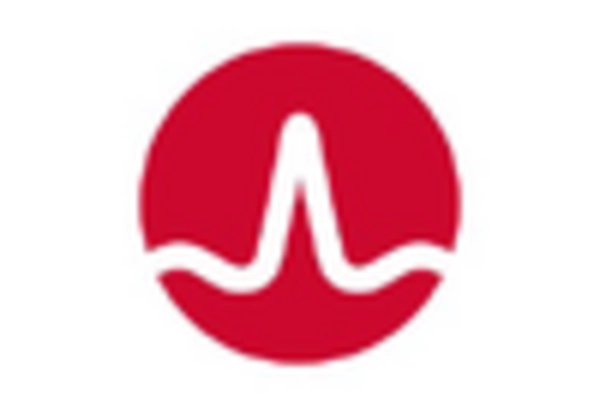
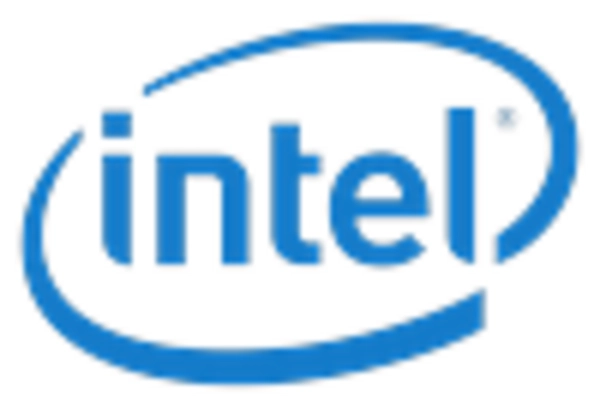
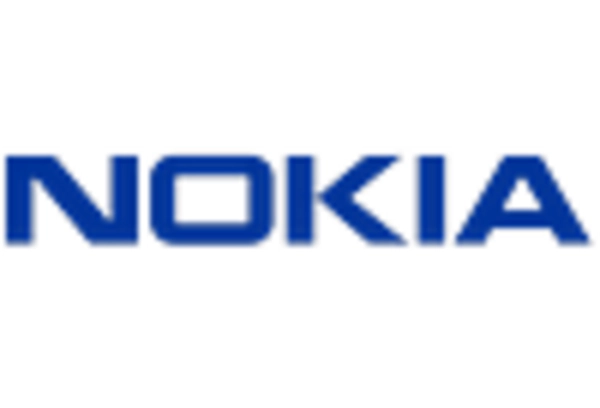
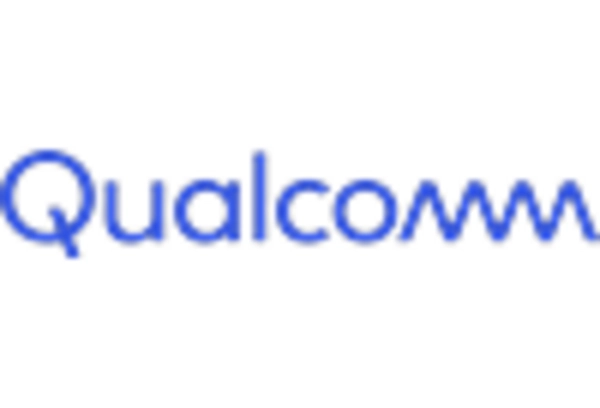

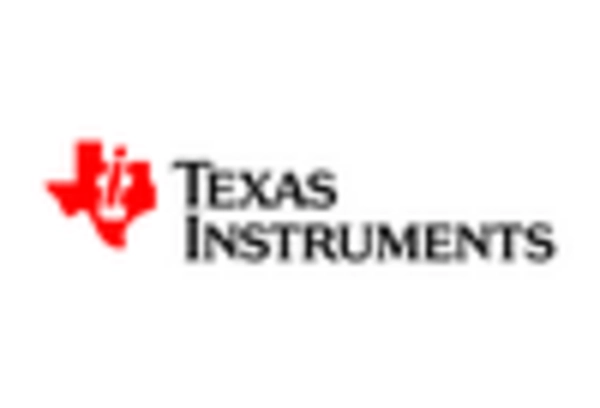








Leave a Comment